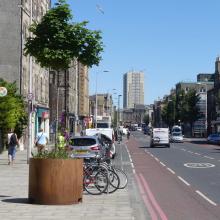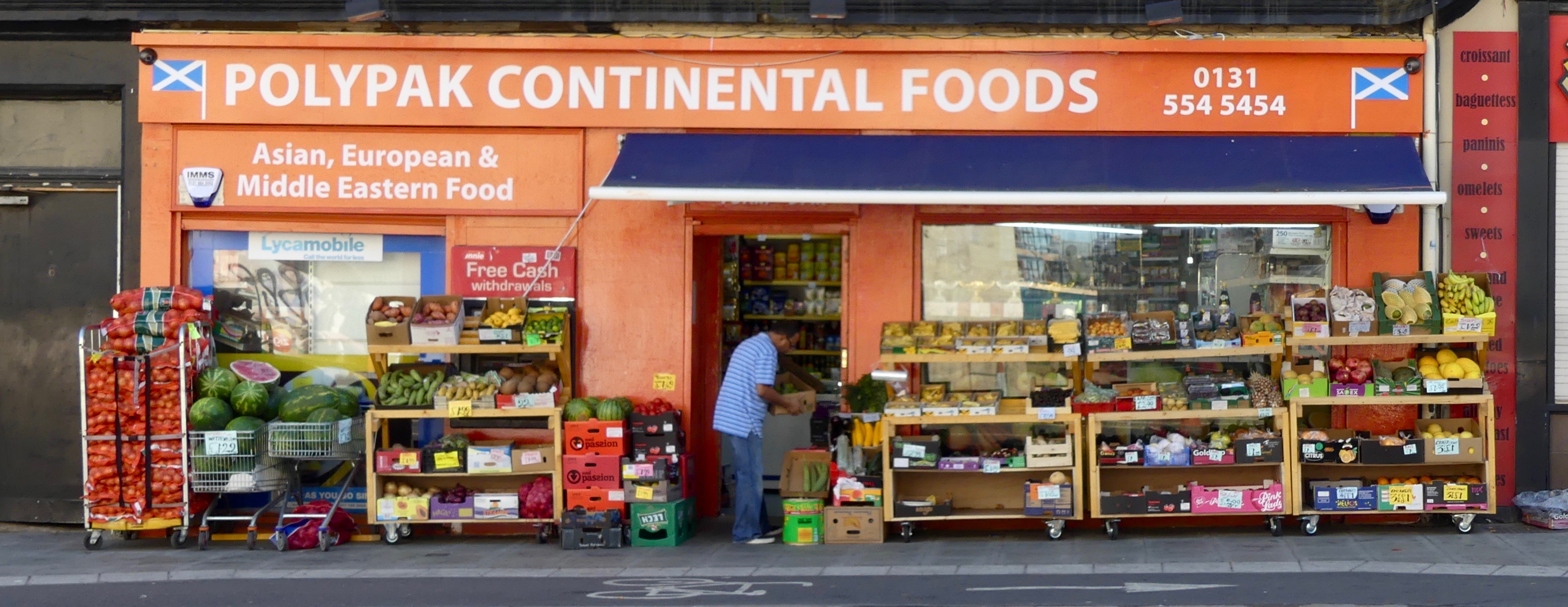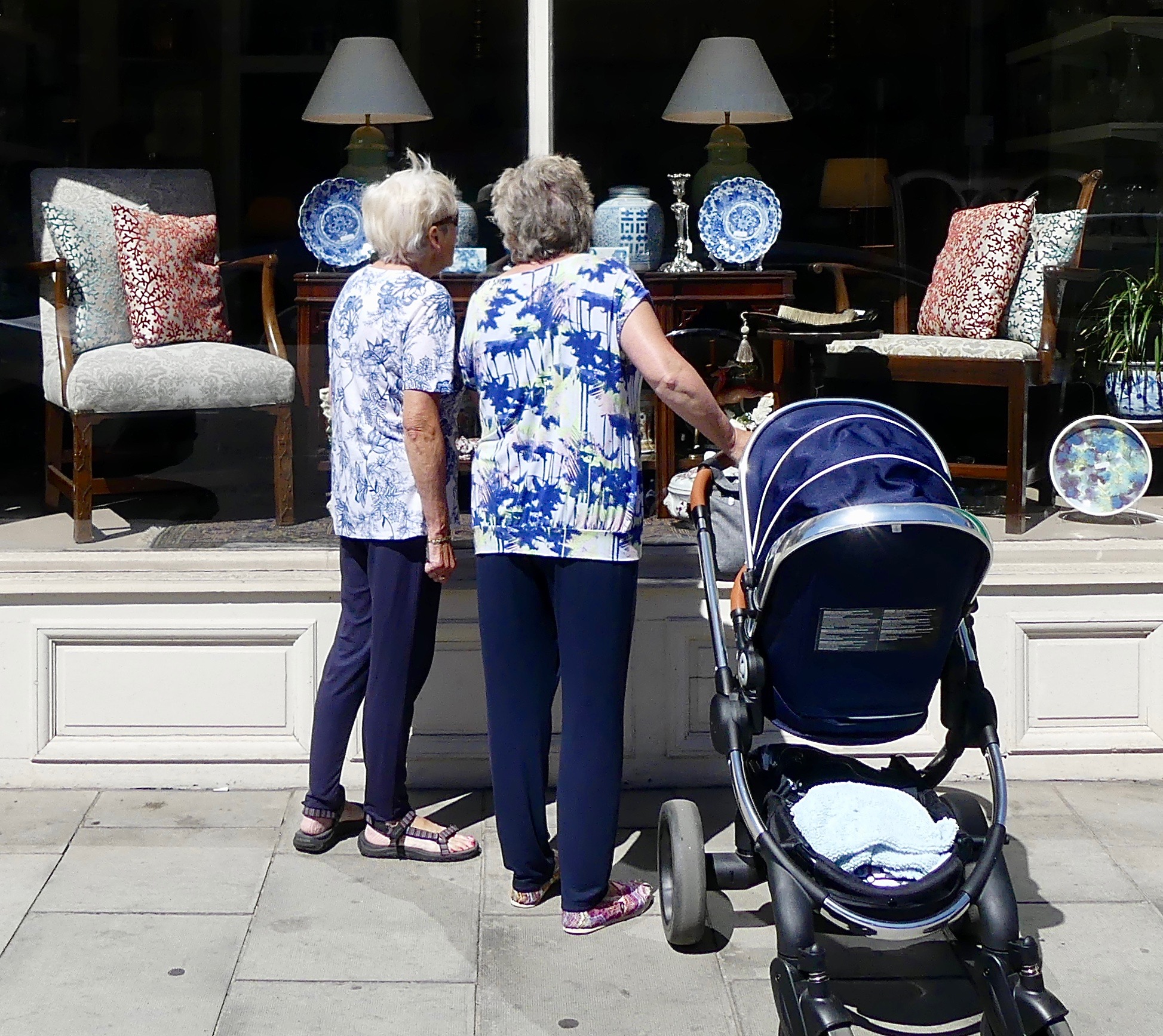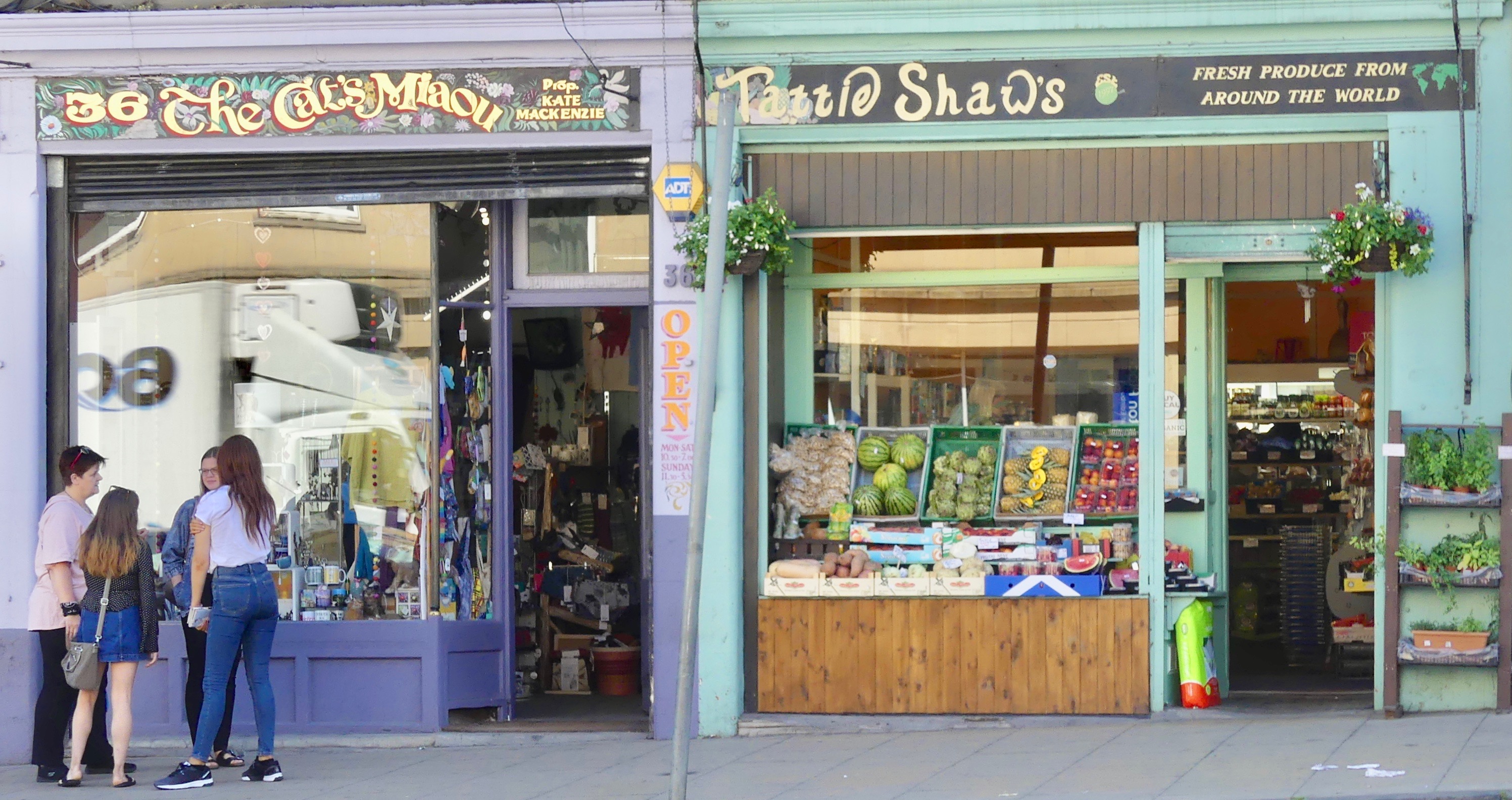
As campaigners fight to rebuff plans for Stead’s Place, and community councils unite to fire a warning shot across the bows of the Council, local businessman Mark Gibson explains what makes Leith Walk special and why it needs special protection.
At a time when many high streets are dying and many more consist of little more than chain stores, charity shops and vacant lots, Leith Walk is bucking the trend. Why?
Because the Walk’s hinterland is one of the most densely populated parts of Scotland – and the Walk caters to the whole range of local needs.
Because only 40 per cent of Leith households own a car (by and large, Leithers walk, cycle or take the bus) – and the Walk has wide pavements, cycle lanes and ample buses.
Because the Walk is broad, light and airy – and (though it’s a major artery) it’s easy to cross the road.

Vibrant variety
But, above all, because Leith Walk is a proper high street, with a huge variety of small independent shops such as have vanished from most of Scotland’s town centres.
In Leith Walk you’ll find:

- an enticing selection of food shops including greengrocers, delicatessens, and ethnic minimarkets – Italian, Eastern European, Indian and Chinese
- an astonishing choice of cafes, bars and restaurants, from the luxe to the hip, to the cheap-and-cheerful
- the kind of useful, down-to-earth shops that hardly exist in town centres anymore – such as hardware stores and shops selling car accessories and vacuum cleaners
- An array of one-off specialist shops including an old-fashioned sweet shop, a guitar shop, a hobby shop, a bike shop, hi-fi specialists, antique shops, and even a Polish bookshop.

In Leith Walk, you can buy an eighteenth-century tea bowl, then cross the road and get a tattoo (or some beansprouts) before snacking on the best Portuguese egg tarts in town. You can have your eyebrows threaded, your shoes mended, your teeth filled, your clothes altered, your back massaged, your laptop repaired and your hair styled.
All this makes the Walk exceptionally vibrant while still providing places and spaces to relax and watch the world go by. What’s more, the businesses along the Walk reflect – and cater to – the wonderful ethnic diversity of Leith.
There are small, independent businesses that are Arabic, Greek, Indian, Italian, Malay, Pakistani, Polish, Portuguese and Spanish as well as Scottish.

Fragile ecosystem
The vibrancy of the Walk is a major reason why Leith is an increasingly desirable place to live. But the small independent businesses that are the lifeblood of the Walk form a fragile ecosystem whose survival is threatened by 18 months of construction work.
This is a plea to everyone involved in the planning of the tram to take the time to:

- understand the exceptional value of the ecosystem of small businesses, and the contribution they make to the quality of life in Leith and Edinburgh
- recognise that the future prosperity of the Walk and its attractiveness both to locals and visitors depends on maintaining and enhancing its appeal
- make a commitment to help small traders to survive the period of construction by putting in place genuinely meaningful schemes of financial and non-financial support tailored to the differing needs of different businesses
- during construction, doing as much to mitigate the effects of noise, dust, dirt and vibration as is being done during the construction work in Leith Street
- enhancing the Walk with imaginative and well-maintained landscaping and by basic but important measures – such as making sure that it remains easy for pedestrians to cross the road.
The uniqueness of Leith Walk – and with it the appeal of Leith – can be made or marred by the way the tram extension is implemented.
Decisions made by councillors, officials and engineers will decide between censure and scandal, or success and acclaim.
Got a view? Tell us at spurtle@hotmail.co.uk and @theSpurtle and Facebook

-----------










